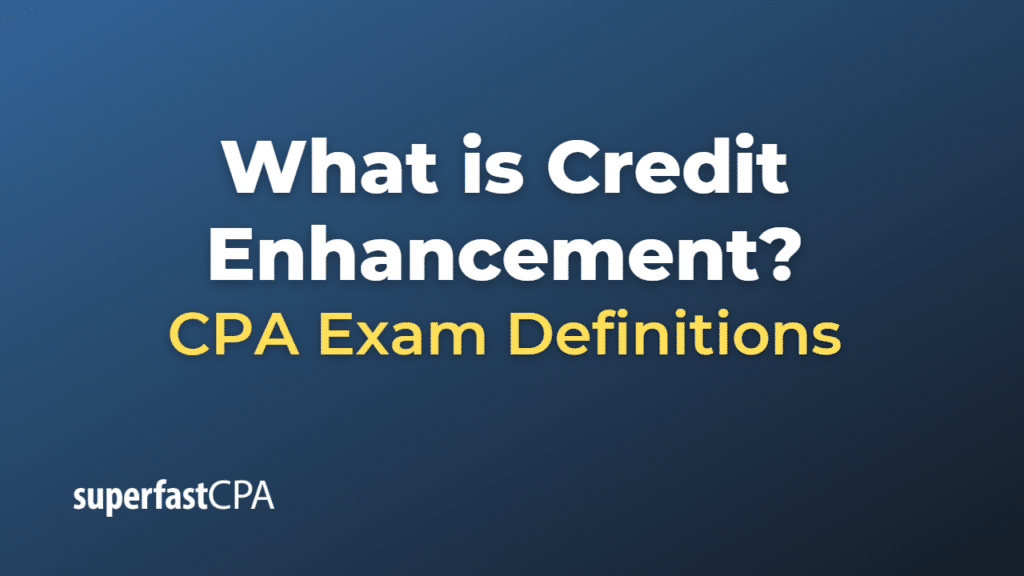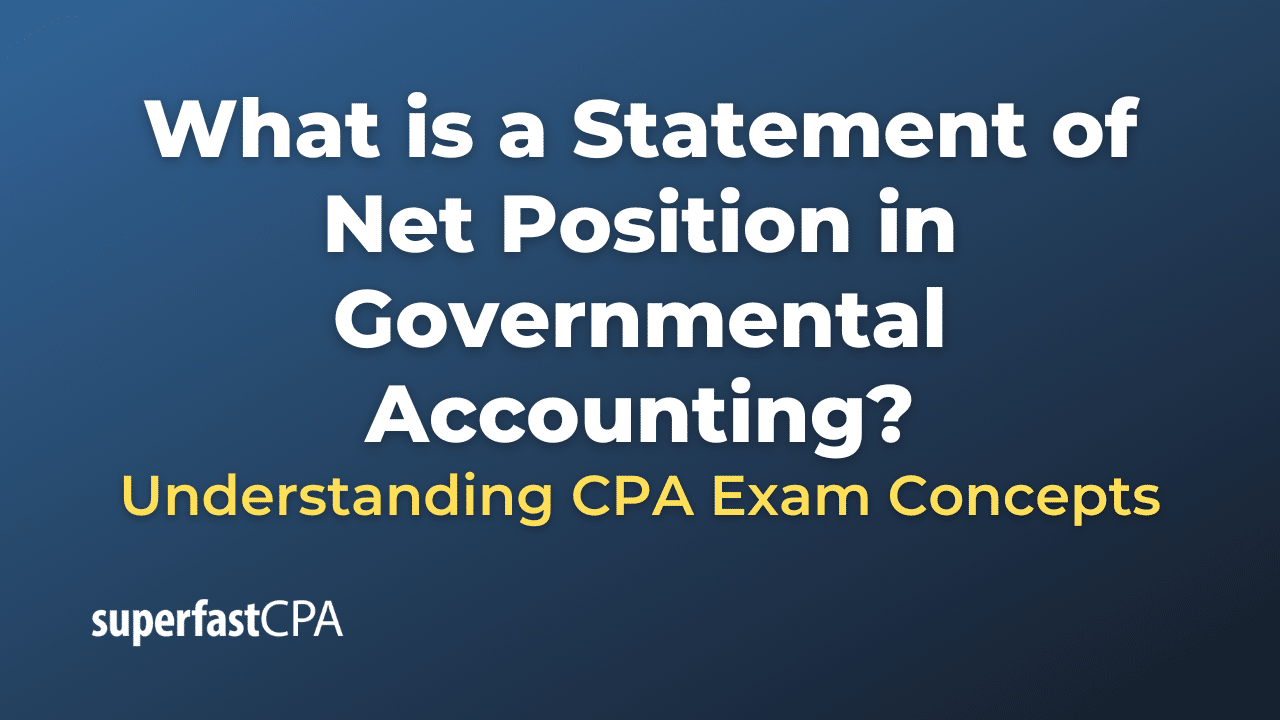Credit Enhancement
Credit enhancement refers to a strategy or method to improve the credit risk profile of a business or a financial transaction, thereby increasing the likelihood that the obligation will be repaid. It is often used in structured finance, particularly in the issuance of asset-backed securities, to lower the risk of default, raise credit ratings, and attract investors.
There are two main types of credit enhancement:
- Internal Credit Enhancement: This method involves structuring the transaction itself to reduce risk. For example, over-collateralization (where the value of the collateral assets exceeds the value of the loans) and tranching (where the cash flows from the underlying assets are split into different “tranches” with varying degrees of risk) are common forms of internal credit enhancement.
- External Credit Enhancement: This involves the use of third-party guarantees, such as bond insurance or letters of credit, to reduce risk. The third party effectively guarantees repayment in the event of default.
For example, a company issuing a bond might purchase bond insurance (an external credit enhancement) to improve the bond’s credit rating. The insurance company guarantees to repay the bondholders if the issuing company defaults. As a result, the bond receives a higher credit rating and is more appealing to investors.
Credit enhancement can lower borrowing costs and make securities more attractive to investors, but it also involves costs and can create additional risks if the enhancement provider itself is at risk of default.
Example of Credit Enhancement
Let’s take an example of a mortgage-backed security (MBS) which uses both internal and external credit enhancements.
- Internal Credit Enhancement – Tranching: An investment bank plans to issue an MBS that’s backed by a pool of home mortgages. To make the MBS more attractive to investors and to tailor different risk/return profiles to different types of investors, the bank decides to structure the MBS into three tranches: senior, mezzanine, and equity. The senior tranche gets paid first from the mortgage payments, followed by the mezzanine tranche, and finally the equity tranche. In the event of any mortgage defaults, the equity tranche would absorb the losses first, followed by the mezzanine tranche, and finally the senior tranche. This tranching serves as an internal credit enhancement, as it reduces the risk for the senior and mezzanine tranches.
- External Credit Enhancement – Bond Insurance: To further improve the appeal of the senior tranche, the bank decides to purchase bond insurance from a reputable insurance company. This insurance guarantees that the investors in the senior tranche will receive their promised payments even if there are more defaults in the mortgage pool than expected. This bond insurance serves as an external credit enhancement.
By using these credit enhancements, the investment bank is able to attract more investors to the MBS, and potentially achieve a higher credit rating and lower interest rate for the senior and mezzanine tranches. However, the bank also incurs the cost of the bond insurance, and it needs to ensure that the insurance company itself is financially stable and able to fulfill its insurance obligations.














